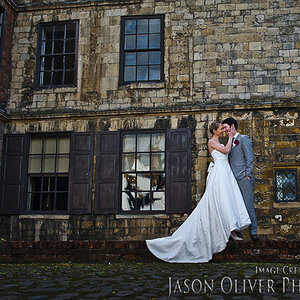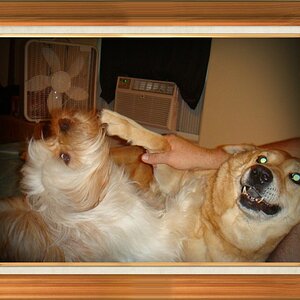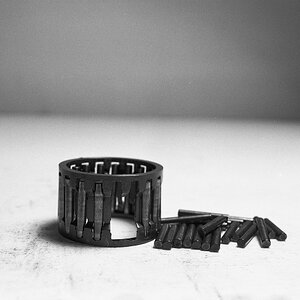- Joined
- Mar 29, 2016
- Messages
- 14,872
- Reaction score
- 8,322
- Can others edit my Photos
- Photos NOT OK to edit
I predict you will become a master of light and that will take you images to a new level.
Appreciate the kind words but, I fear you over estimate me. There are a lot of mistakes that don't make it online.


 I'm hooked to Alien Bees, which seem to be ample for me. On additive light, the overlap is a consideration regardless of if you're outside or inside isn't it? I think we're all on the same page that you have to account for the combined light. I haven't had time to try your method of starting at the fill and building from there, but I intend on it. I'm just not sure if I understand exactly what you're doing and the advantage over starting at the main/key, but once I start working with the lights maybe it will come to me.
I'm hooked to Alien Bees, which seem to be ample for me. On additive light, the overlap is a consideration regardless of if you're outside or inside isn't it? I think we're all on the same page that you have to account for the combined light. I haven't had time to try your method of starting at the fill and building from there, but I intend on it. I'm just not sure if I understand exactly what you're doing and the advantage over starting at the main/key, but once I start working with the lights maybe it will come to me.
![[No title]](/data/xfmg/thumbnail/37/37170-3e18af574ed51cce5bdf99af9d3cab40.jpg?1619737908)


![[No title]](/data/xfmg/thumbnail/36/36603-a830ccec573081105d6aafcccc650605.jpg?1619737642)


